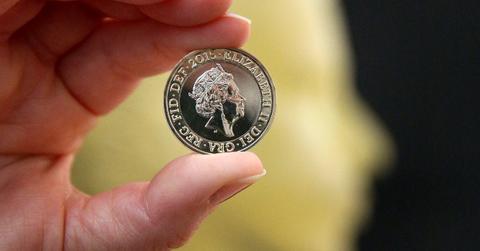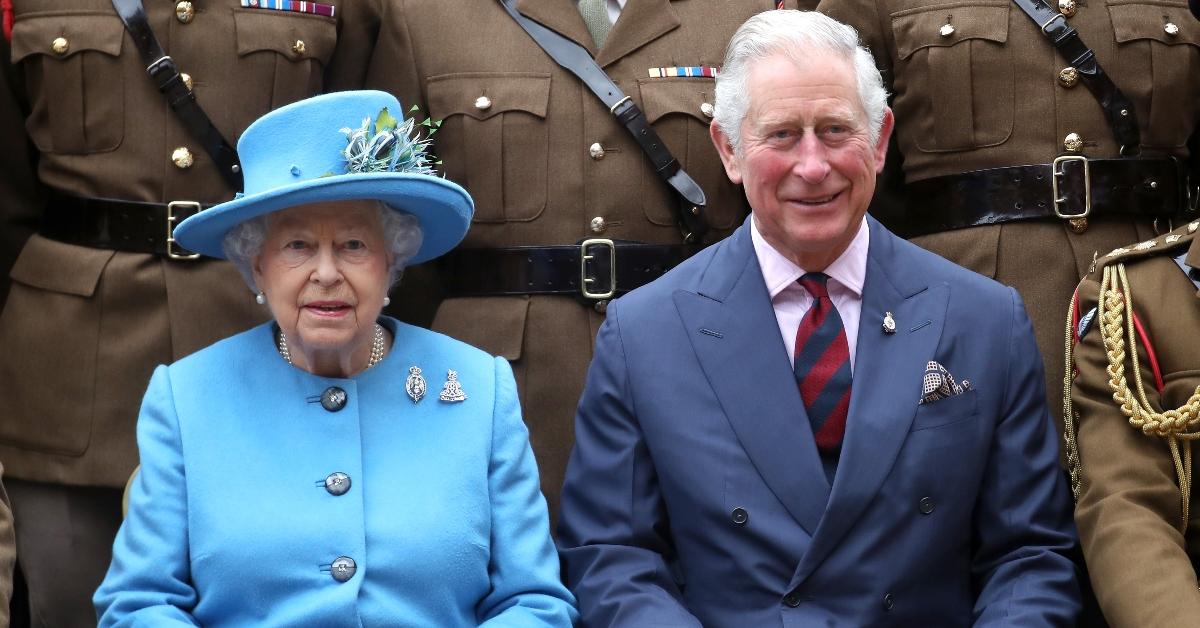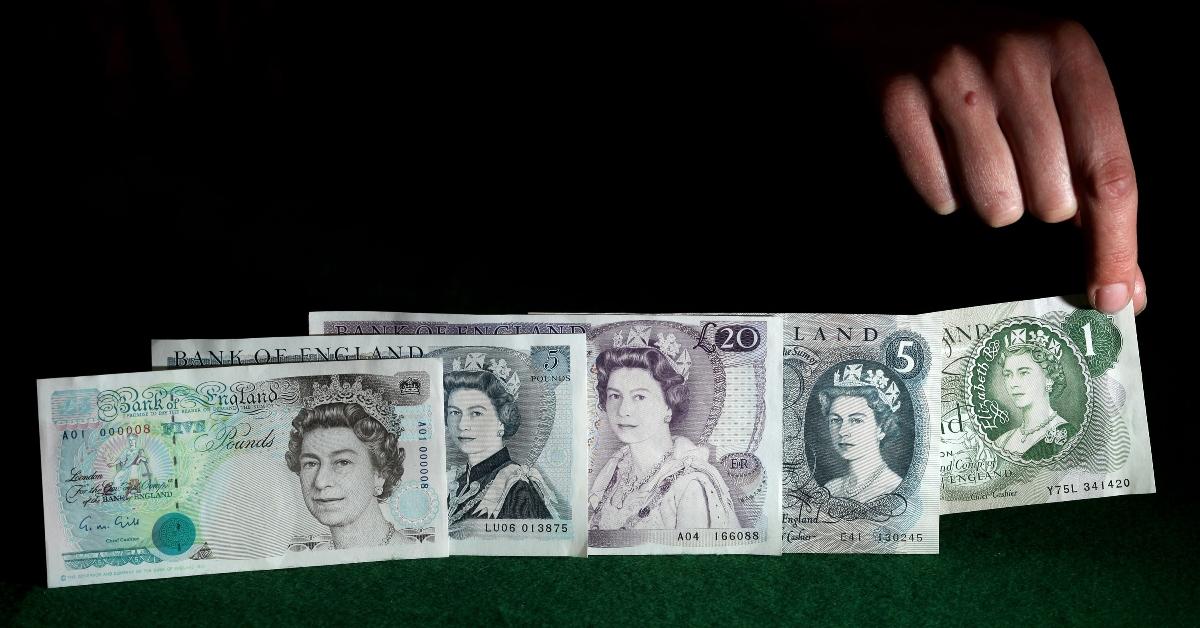U.K. Stamps and Coins Will Change After the Queen's Death — Transition, Explained
With Queen Elizabeth II's recent passing, the country’s bank notes, coins, and stamps will need to be changed to the new monarch. When will U.K. stamps and coins change?
Sept. 9 2022, Published 12:20 p.m. ET

The image of Queen Elizabeth II has been depicted on currency in the United Kingdom since 1953. With her recent passing, the country’s bank notes, coins, and stamps will need to be changed to the new monarch, King Charles III (formerly known as Prince Charles). When will U.K. stamps and coins change?
It could take some time for stamps and coins in the U.K. to change. The Guardian estimates the change could take at least two years. The queen’s image appears on 4.5 billion sterling bank notes worth 80 billion pounds as well as 29 billion coins still in circulation. Every stamp issued by the Royal Mail since 1967 also features the queen’s silhouette.

Bank notes, coins, and stamps depicting Queen Elizabeth II will remain in circulation while the process starts to produce those items with Charles’ image.
Queen Elizabeth II was the first monarch pictured on an English bank note.
Queen Elizabeth II acceded to the throne on February 6, 1952, after her father, King George VI, died. New coins with her image were first issued in 1953. The queen was the first monarch to appear on an English bank note when the first one-pound note to feature her image was released in 1960.
“As the first monarch to feature on Bank of England banknotes, the queen’s iconic portraits are synonymous with some of the most important work we do. Current banknotes featuring the image of Her Majesty The Queen will continue to be legal tender,” the Bank of England said in a statement.
According to the Royal Household website, during the 70-year reign of Queen Elizabeth II, there have been five representations of her on U.K. coins. The most recent design was issued in 2015 when she was 88 years old.

Stamps and postboxes depicting the queen will remain in use.
After the queen’s death, the Royal Mail announced that stamps bearing her image would remain in use, and all existing post boxes, which have the insignia of Queen Elizabeth II (EIIR), would remain unchanged.
The Royal Mail will stop producing stamps with the queen on them and eventually start making new designs featuring the new king, BBC reports.
The U.K. got a bit of a jump on producing coins and stamps with King Charles pictured on them in 2018. For his 70th birthday that year, the Royal Mail released six new stamps in Charles’ honor, and the Royal Mint issued a coin featuring his portrait.
It's a tradition that the new U.K. monarch faces the opposite direction of their predecessor in coin images. Queen Elizabeth II faces right on U.K. coins, so King Charles III will face left when he is featured.
The currency in U.K. Commonwealth countries will also have to change.
The currency in the U.K. isn’t the only thing that will need to change when King Charles III takes over the throne from his mother. Bank notes and coins in Canada, New Zealand, Australia, the Eastern Caribbean, and other parts of the Commonwealth that depict Queen Elizabeth II will also have to change.
